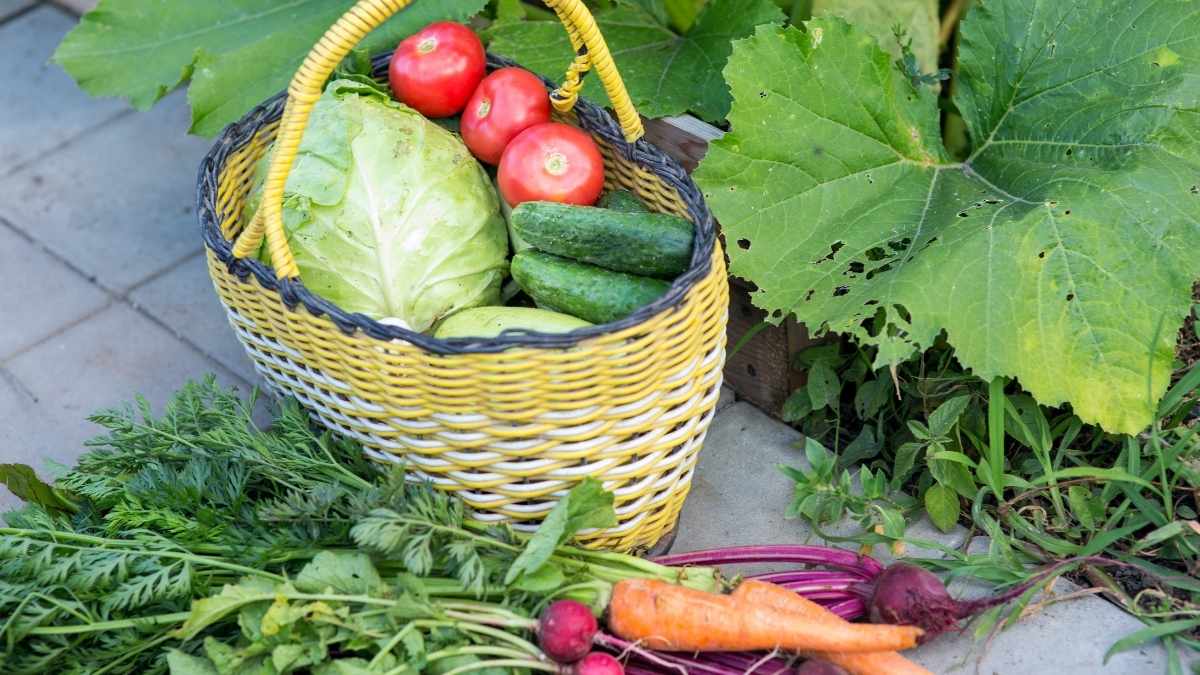While your neighbor’s tomatoes are wilting in 95°F heat, your garden could be thriving. You just need the right plants. Summer gardening can feel hopeless. You put in money, time, and effort.
Then the sun burns everything to a crisp. You end up with a dry, sad patch of dirt. This is a common frustration. But it is not your fault. You were probably growing the wrong vegetables.
This guide will fix that. You will learn about 15 specific vegetables to grow in hot weather that actually love the heat. We will give you simple growing tips for each one. You will discover the best planting timing for your hot climate. We will also share watering and care strategies that protect your plants during a heatwave.
We have included specific variety recommendations to ensure your success. Forget about garden failures. Start growing a lush, productive garden full of heat tolerant vegetables. This is your complete guide to summer gardening that works.
Why Your Vegetables Keep Dying in Summer Heat
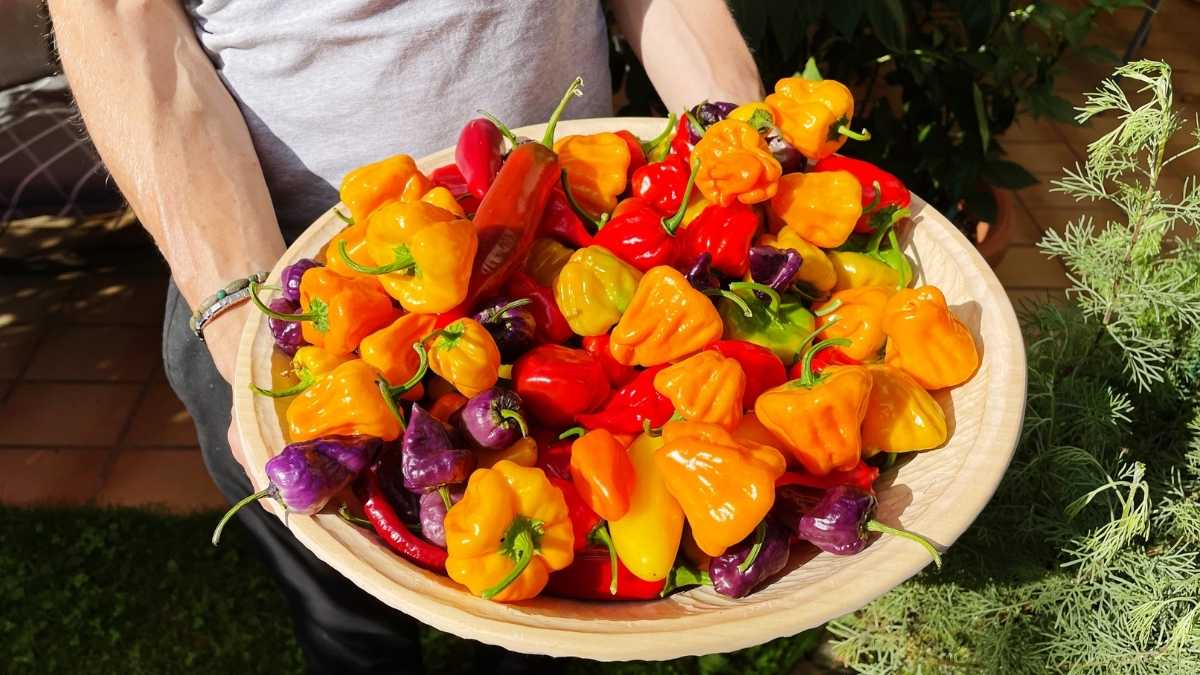
Your tomatoes stop setting fruit. Your lettuce turns bitter and goes to seed. Your peppers wilt every afternoon. Sound familiar?
When temperatures climb above 85°F, your plants go into survival mode. They shut down normal growth and focus on staying alive. Think of it like your body sweating when you’re overheated – plants have their own stress responses too.
Here’s what happens when summer heat hits your garden:
Your plants literally cook from the inside out. Hot weather speeds up chemical reactions in plant cells. This burns through stored energy faster than the plant can replace it. The result? Stunted growth and poor harvests.
Cool-season crops bolt at the first sign of heat. Temperatures above 85°F cause most cool-season vegetables to bolt, meaning they rush to make seeds instead of the leaves or roots you want to eat. Your spinach, lettuce, and broccoli will turn bitter and woody in just days.
Fruit production crashes. Heat stress reduces fruit set in tomatoes by up to 70%. When pollen gets too hot, it becomes sterile. No pollination means no tomatoes, peppers, or squash for your table.
Root systems shut down. Hot soil above 85°F damages delicate root hairs. Your plants can’t absorb water and nutrients properly, leading to that afternoon wilting you see even when soil is moist.
This is why choosing heat tolerant vegetables matters so much for hot weather gardening. Not all plants handle summer heat the same way.
You might know about plant hardiness zones, but heat zones are just as important. Hardiness zones tell you how cold your winters get. Heat zones show how many days above 86°F you typically see each summer. A plant might survive your winter but fail completely in your summer heat.
The fix? Pick varieties bred for hot climates. Look for words like “heat resistant” or “slow bolt” on seed packets. Plant cool-season crops in early spring or fall when temperatures drop. Save your summer garden space for true heat lovers like okra, Armenian cucumber, and cherry tomatoes.
Your vegetables don’t have to suffer through another scorching summer.
Here is the content written according to your rules.
15 Best Heat-Tolerant Vegetables for Hot Climates
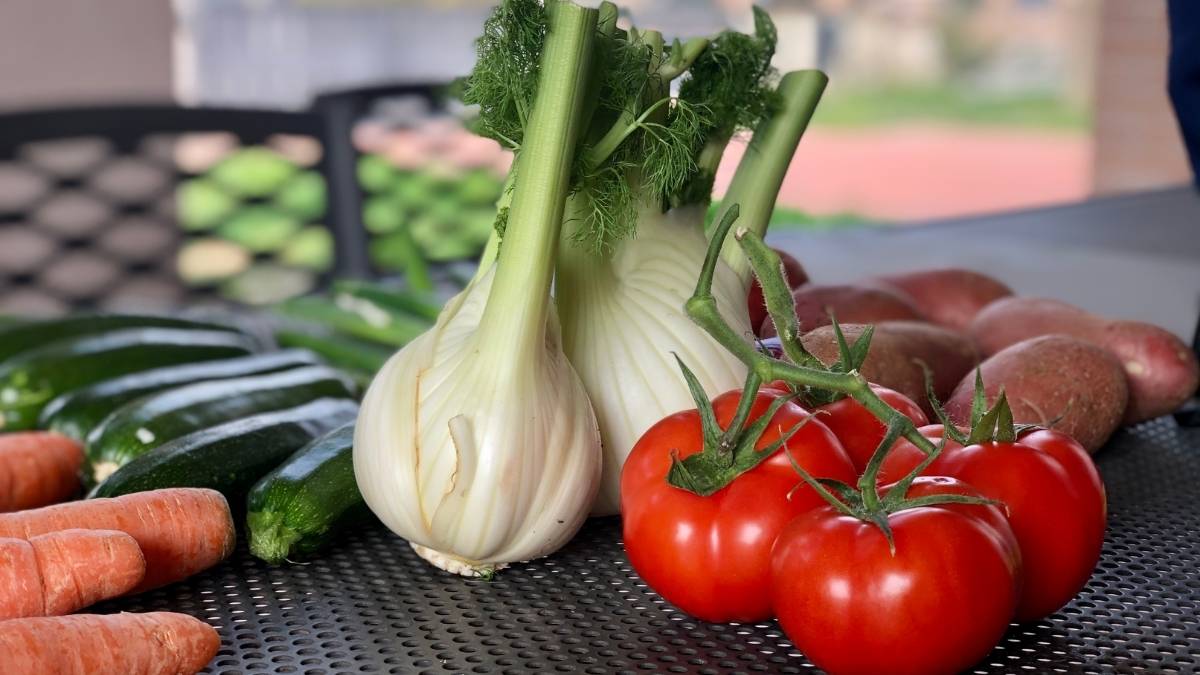
Gardening in a hot climate is tough. Your plants wilt. They get sunburned. They stop producing. You feel like you can’t grow anything. This list is your solution. These vegetables don’t just survive the heat. They love it. You can have a productive garden all summer long.
1. Okra – The Ultimate Heat Champion
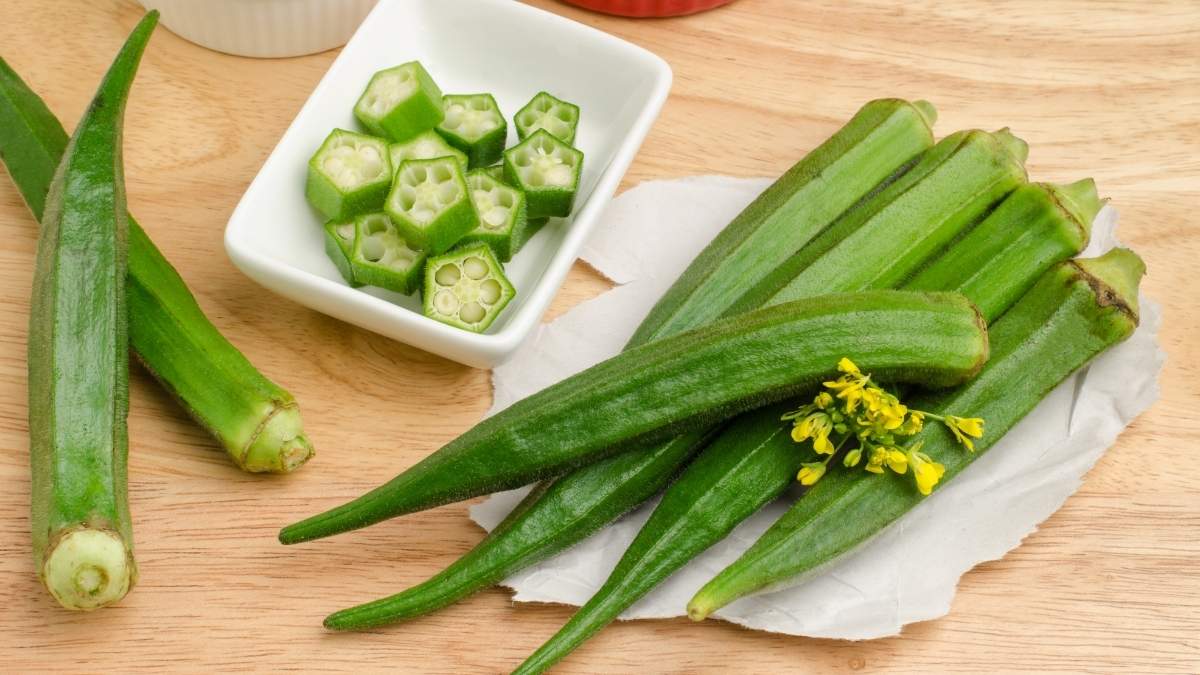
Okra is built for heat. Its tall, sturdy stems handle high temperatures and strong sun. The flowers are beautiful and look like hibiscus.
Choose a spineless variety like ‘Clemson Spineless’ to make harvesting easier. ‘Jing Orange’ is another great option with striking red pods. Plant seeds directly in the garden after the soil has warmed up. Do this in late spring.
Water plants deeply once a week. Okra has long taproots that seek water deep in the soil. Harvest the pods when they are 2-3 inches long. Check your plants every other day. Pods grow very fast and become tough if they get too big.
Use okra grilled, pickled, or in gumbo and stews. It acts as a natural thickener.
2. Armenian Cucumber – Cool Alternative
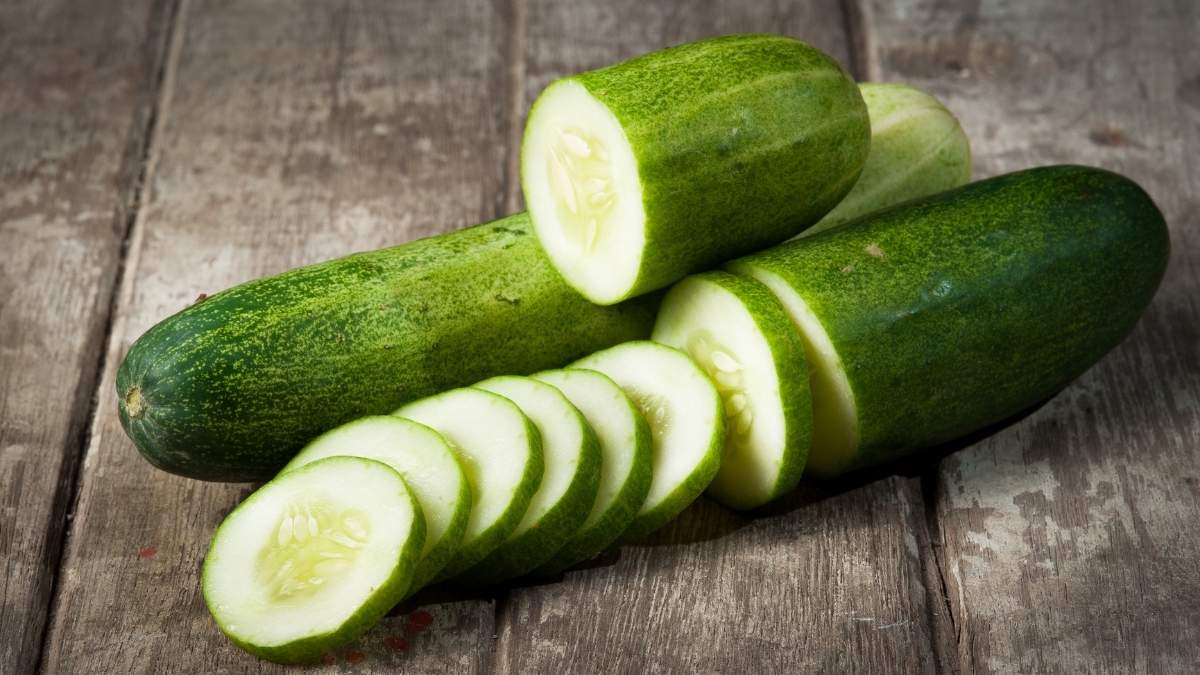
This vegetable is actually a melon. It tastes like a crisp, mild cucumber. It thrives in conditions that would make regular cucumbers bitter.
The most common variety is simply called ‘Armenian Yard-Long’. Plant seeds in full sun after the last frost date. Give them a strong trellis to climb. This keeps the straight fruits off the ground.
Water consistently to prevent bitter fruit. The skin is thin and does not need peeling. Harvest when they are 12-18 inches long. They are best when still pale green.
Eat them fresh in salads. They are also great for making chilled soups. Their cooling crunch is perfect for a hot day.
3. Malabar Spinach – Heat-Loving Greens
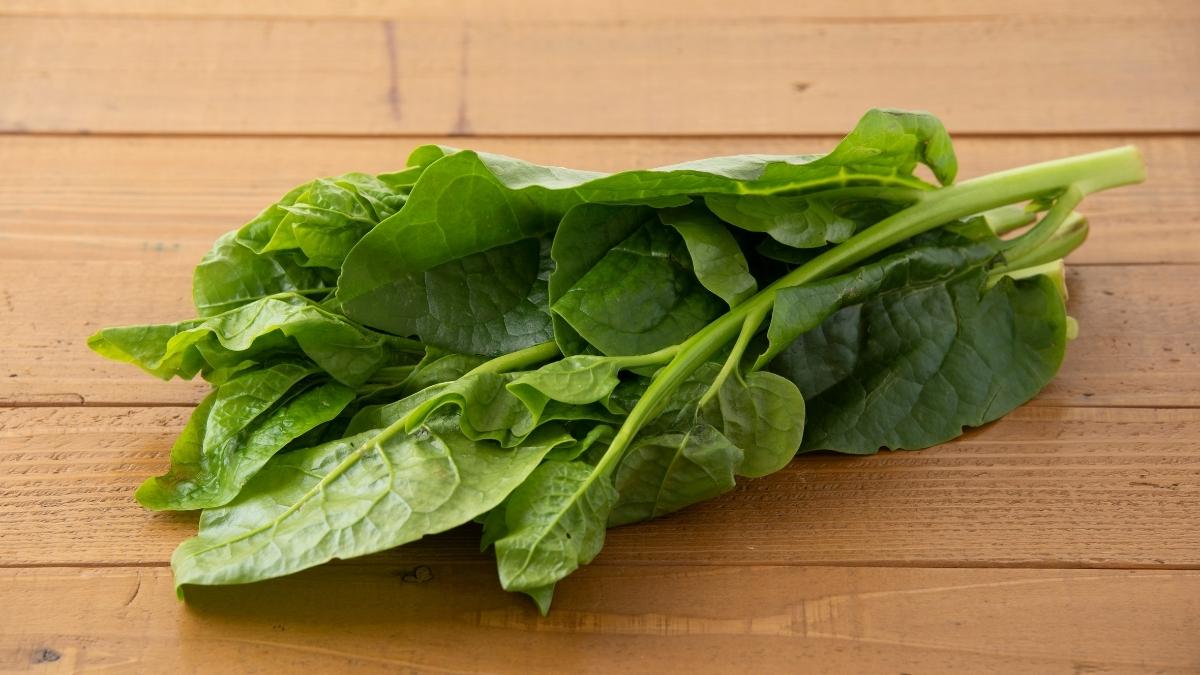
Malabar spinach is a vine, not a true spinach. It loves humid, hot weather. It won’t bolt or turn bitter like other greens.
You can find green-stemmed and red-stemmed varieties. Both taste similar. Start from seeds or cuttings after the weather is consistently warm.
Train it up a trellis or let it spill from a container. It grows very quickly. Pinch the tips to encourage bushy growth. Harvest the thick, fleshy leaves and stems regularly. The more you pick, the more it grows.
Use it like spinach in salads or cooked dishes. It has a slightly peppery taste and a slippery texture when cooked, similar to okra.
4. Yard-Long Beans – Tropical Powerhouse
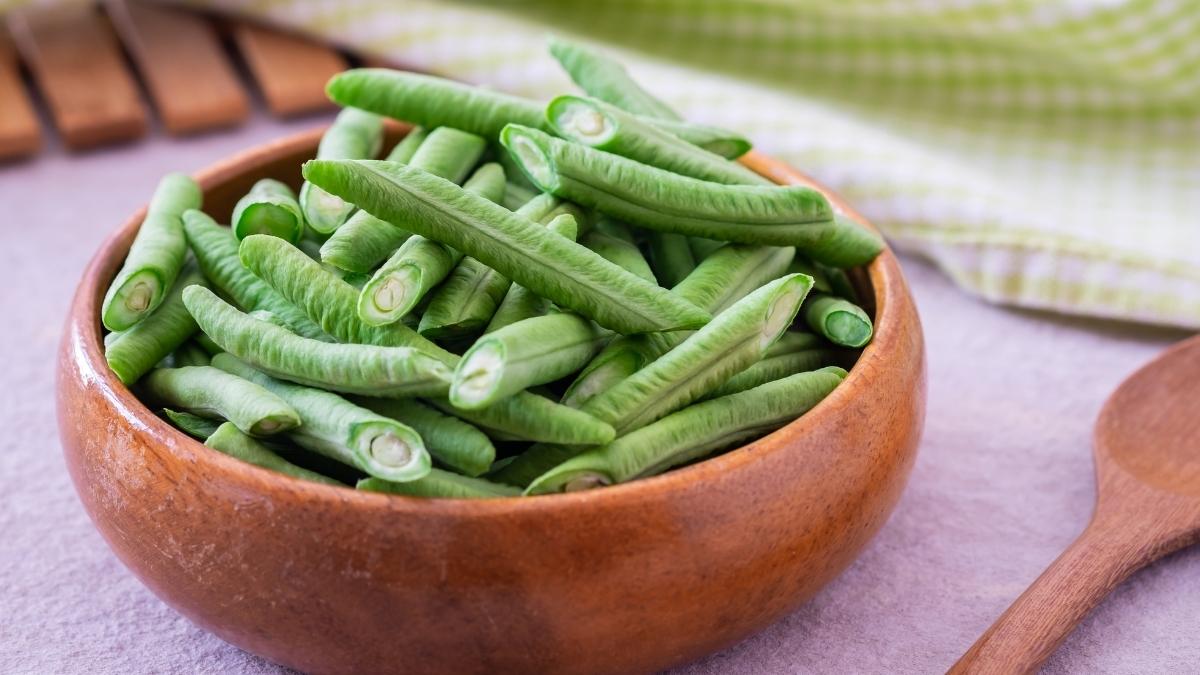
Also called asparagus beans, these legumes love tropical heat. They produce long, slender pods that can grow over a foot long.
‘Red Noodle’ is a popular variety with striking purple pods. ‘Liana’ is another high-yielding type. Wait until the soil is very warm to plant seeds. A trellis is mandatory for these vigorous vines.
They are drought-tolerant once established. Avoid overwatering. Harvest the beans when they are the width of a pencil and still flexible. Don’t wait for them to get hard.
They have a stronger flavor than green beans. Sauté, stir-fry, or steam them. They are a staple in many Asian cuisines.
5. Sweet Potatoes – Underground Success
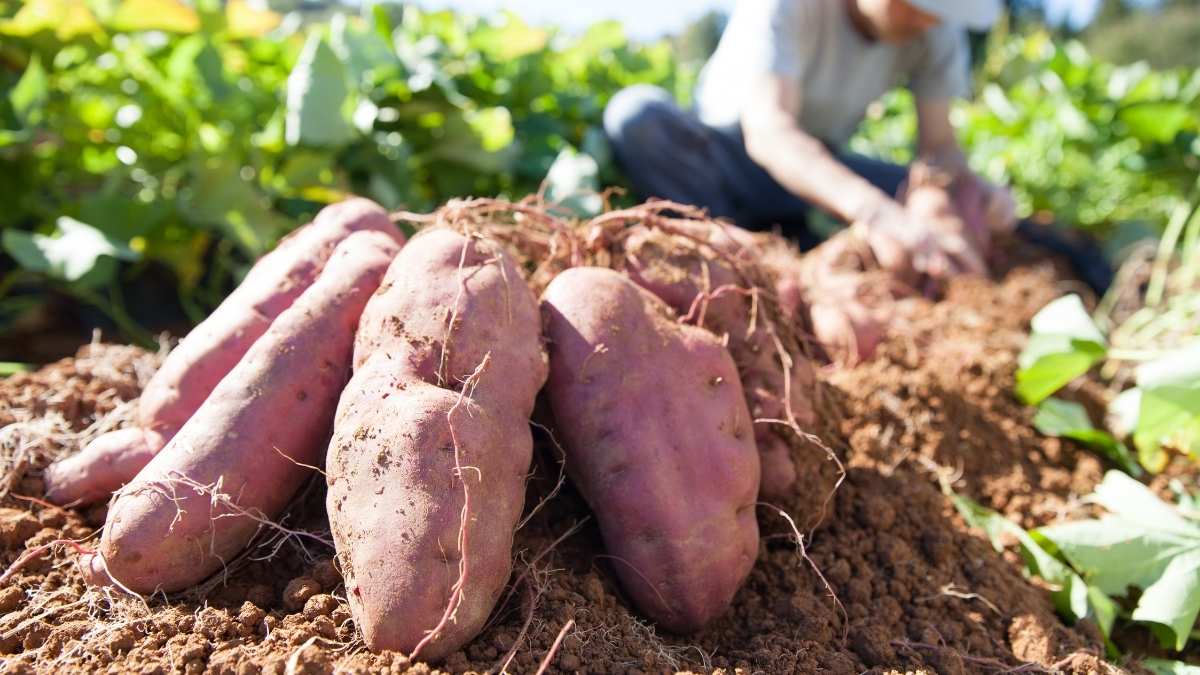
Sweet potatoes are a top choice for hot summers. The vines spread out, creating a living mulch that protects the soil from the sun.
You don’t plant seeds. You plant “slips,” which are small rooted plants. Popular varieties include ‘Beauregard’ and ‘Georgia Jet’. Plant them in well-drained soil about a month after the last frost.
They need very little care. Water them to get established, then they are quite drought-tolerant. Leave them in the ground for at least 100 days. Harvest the tubers before the first frost in fall.
Bake, roast, or mash them. The leaves are also edible and can be cooked like spinach.
6. Hot Peppers – Thriving in the Heat
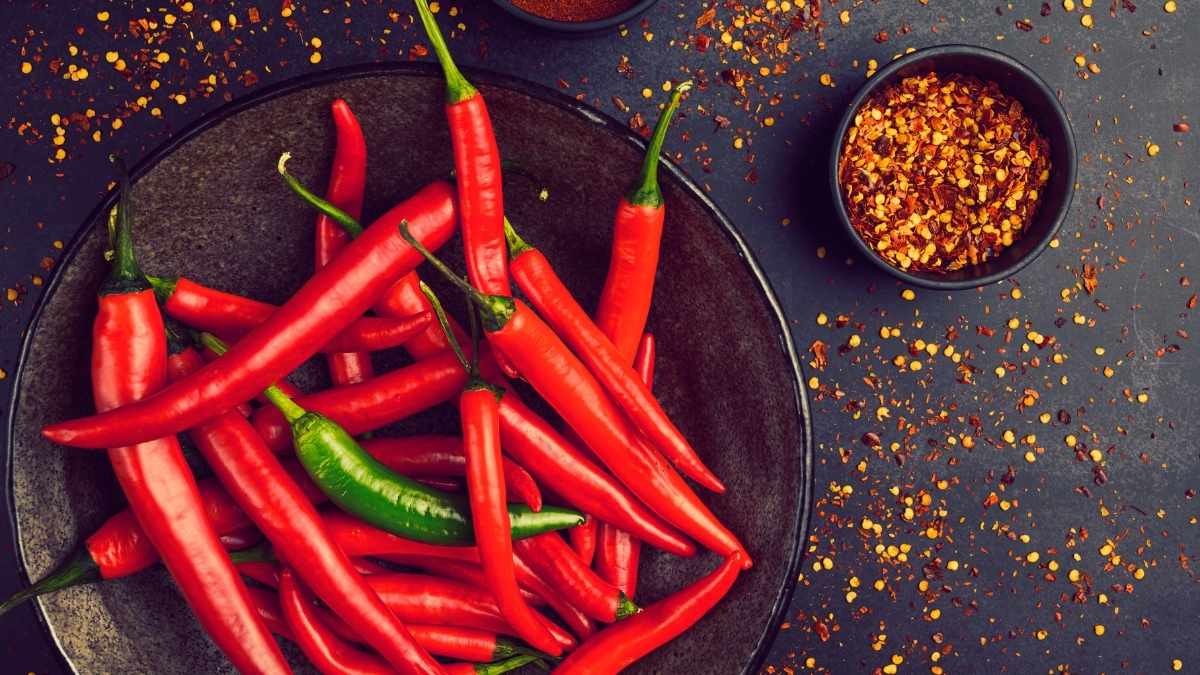
The same sun that makes peppers spicy also helps them grow. They are sun-worshippers and handle drought better than sweet peppers.
Jalapeño, Cayenne, and Habanero peppers all excel in the heat. For a mild option, try ‘Anaheim’. Start seeds indoors or buy transplants. Plant them when nights are no longer cool.
Water regularly, especially when flowers and fruits appear. Peppers in containers may need daily watering. Harvest peppers with scissors to avoid breaking the branches. You can pick them green or wait for them to turn red, yellow, or orange.
Use them fresh, dried, or pickled. They add a kick to salsas, sauces, and countless other dishes.
7. Amaranth – Ancient Heat Fighter
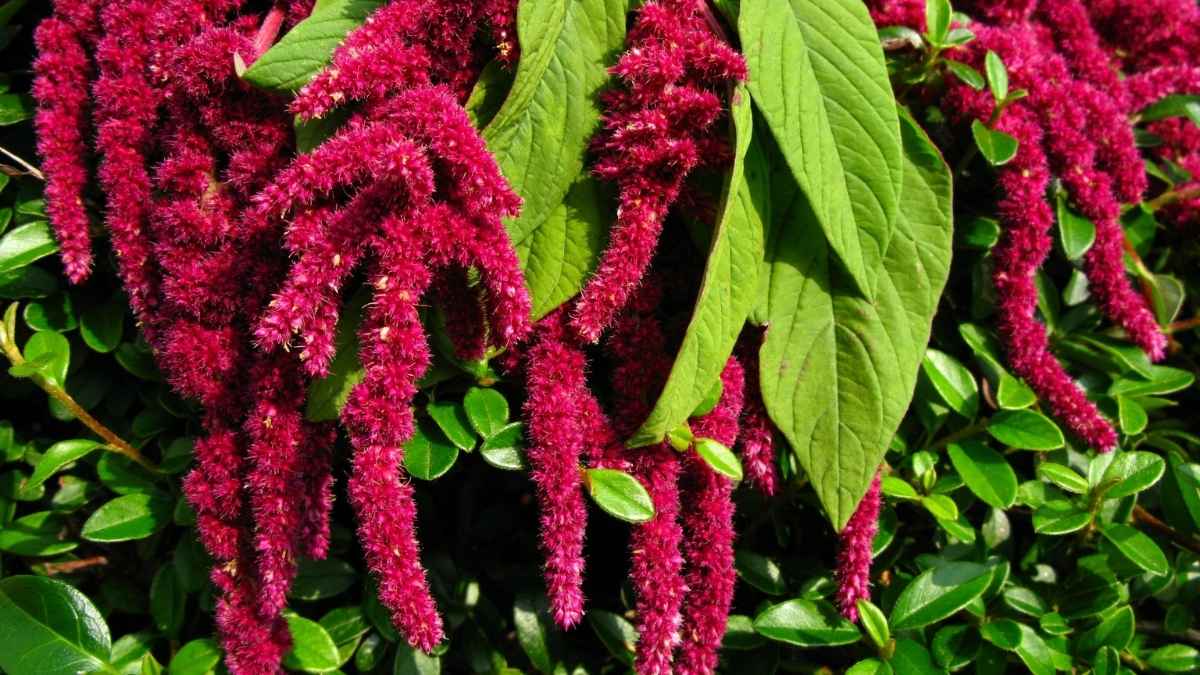
Amaranth is an ancient grain that stands up to intense heat and dry conditions. You can eat the seeds or the leaves.
For leaf production, ‘Green Callaloo’ is a good choice. For grain, try ‘Golden Giant’. Scatter seeds in a sunny spot after the soil is warm.
It will often reseed itself year after year. Thin seedlings to about 10 inches apart. Harvest young leaves for salads. Harvest older leaves for cooking. Cut the seed heads when they droop and the seeds feel hard.
Cook the leaves like spinach. Pop the seeds like popcorn or grind them into flour.
8. Egyptian Walking Onions – Set and Forget
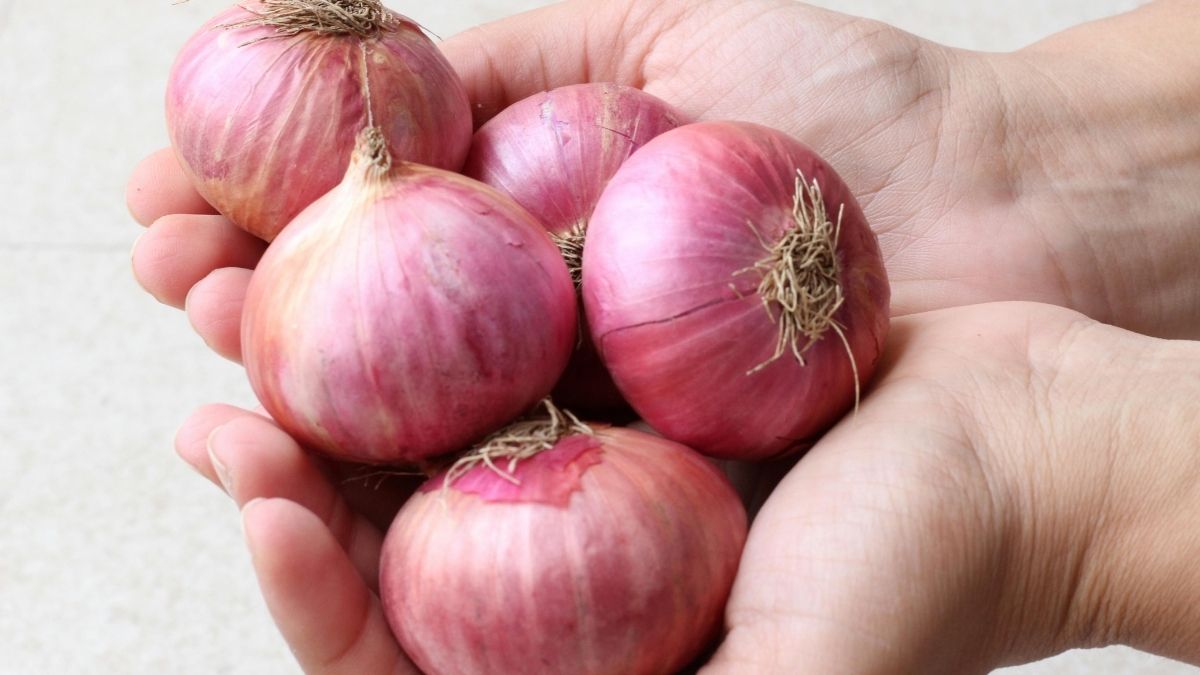
This perennial onion is tough and low-maintenance. It gets its name from the way it “walks.” Top-set bulbs form on the stalk, bend over, and replant themselves.
There are no named varieties. You just need to find a source for the bulbs. Plant the top-set bulbs or underground bulb divisions in fall or early spring.
Once planted, they will come back every year. They need little water or care. Harvest green tops like chives anytime. Pull the underground bulbs in summer like a regular onion. You can also pick the top-set bulbs.
Use the small top-set bulbs for pickling. Use the greens and underground bulbs like any other onion.
9. Moringa – The Miracle Tree
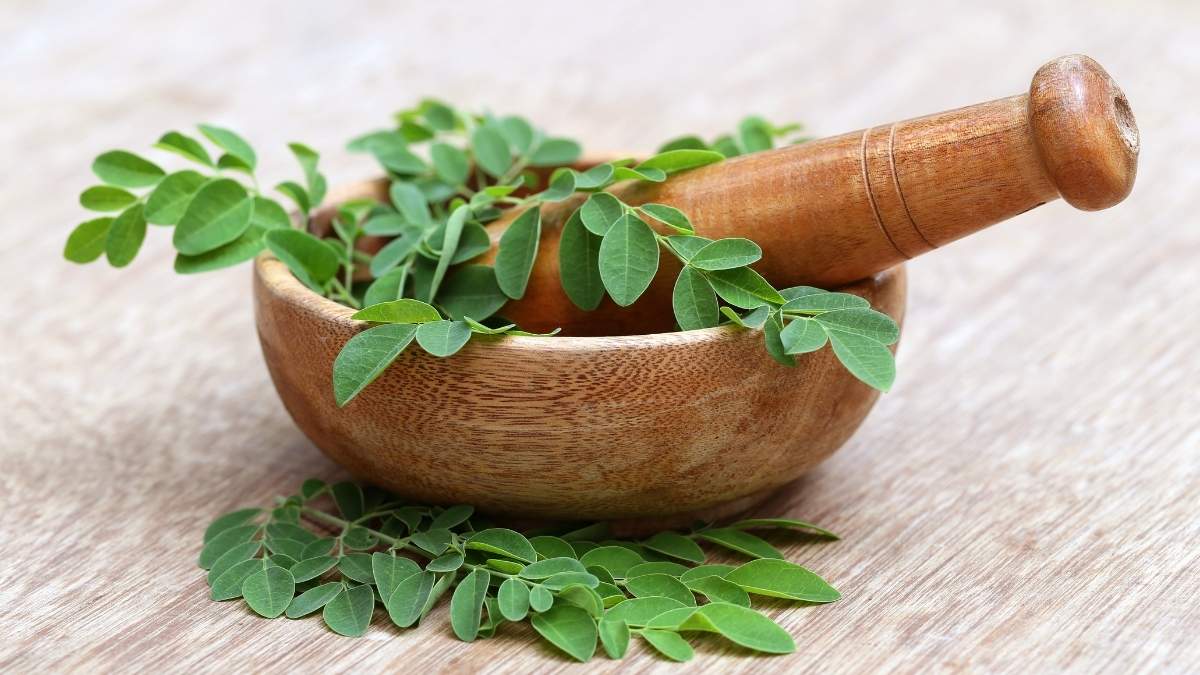
Moringa is a fast-growing tree. Every part of it is edible and packed with nutrients. It is native to tropical regions and loves heat.
The most common type is Moringa oleifera. You can start it from seeds or cuttings. It needs a frost-free location. In hot climates, it can grow over 10 feet in a single season.
Prune it regularly to keep it bushy and manageable. This also gives you more leaves to eat. Harvest the young leaves and seed pods. The leaves have a mild, peppery flavor.
Add young leaves to salads or cook them like spinach. The long pods, called drumsticks, are used in soups and curries.
10. Purslane – Succulent Survivor
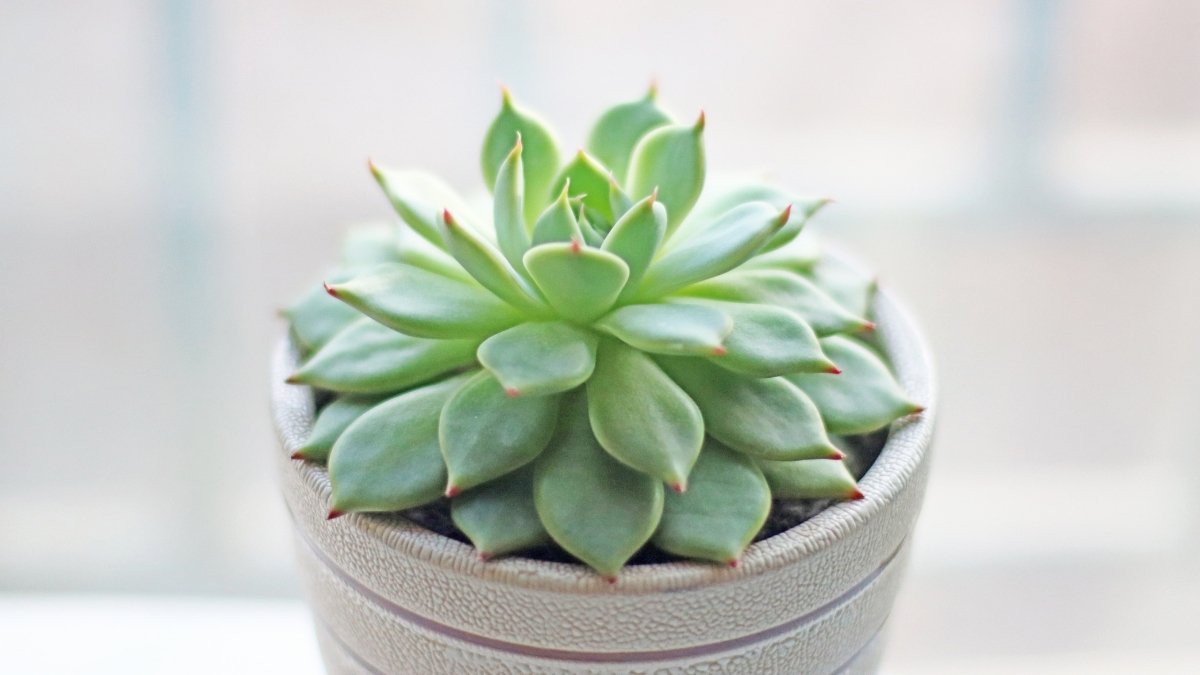
Many gardeners pull this out as a weed. But purslane is a delicious, edible succulent. It thrives in hot, dry, poor soil where other plants give up.
The common variety is Portulaca oleracea. You can find seeds for cultivated varieties with larger leaves. You can also transplant a weed from your yard (if no chemicals are used).
It needs almost no care. It stores water in its stems and leaves. Harvest the stems and leaves by snipping the tips. This encourages new growth.
It has a tangy, lemony flavor. Add it raw to salads for a crunch. It can also be sautéed or added to soups.
11. New Zealand Spinach – Summer Substitute
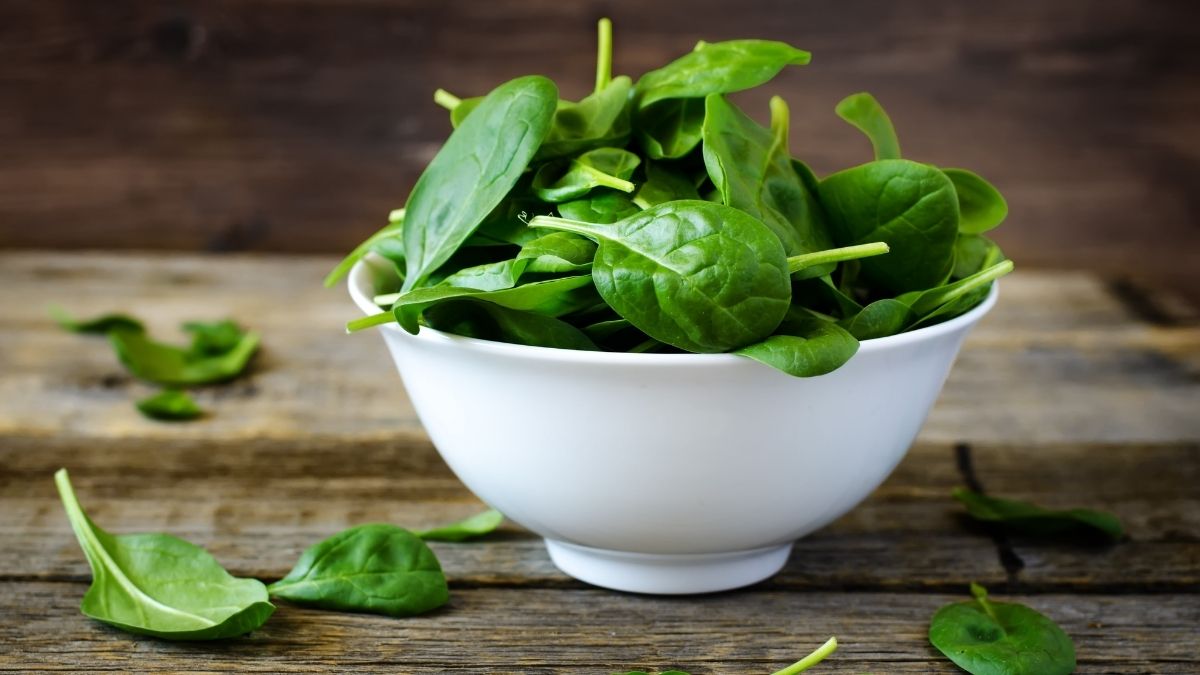
This plant is not a true spinach. It tastes like spinach and handles summer heat without bolting.
It is simply called New Zealand Spinach. Soak seeds overnight before planting to help them sprout. Plant them after the danger of frost has passed.
It spreads out like a ground cover. Pinch the tips to encourage a bushy habit. Harvest the tender tips and the newest leaves. Older leaves can be tough.
Use it as a cooked green. It is excellent in quiches, pastas, and sautés. It is not typically eaten raw in large quantities.
12. Mache (Corn Salad) – Cool Weather Extension
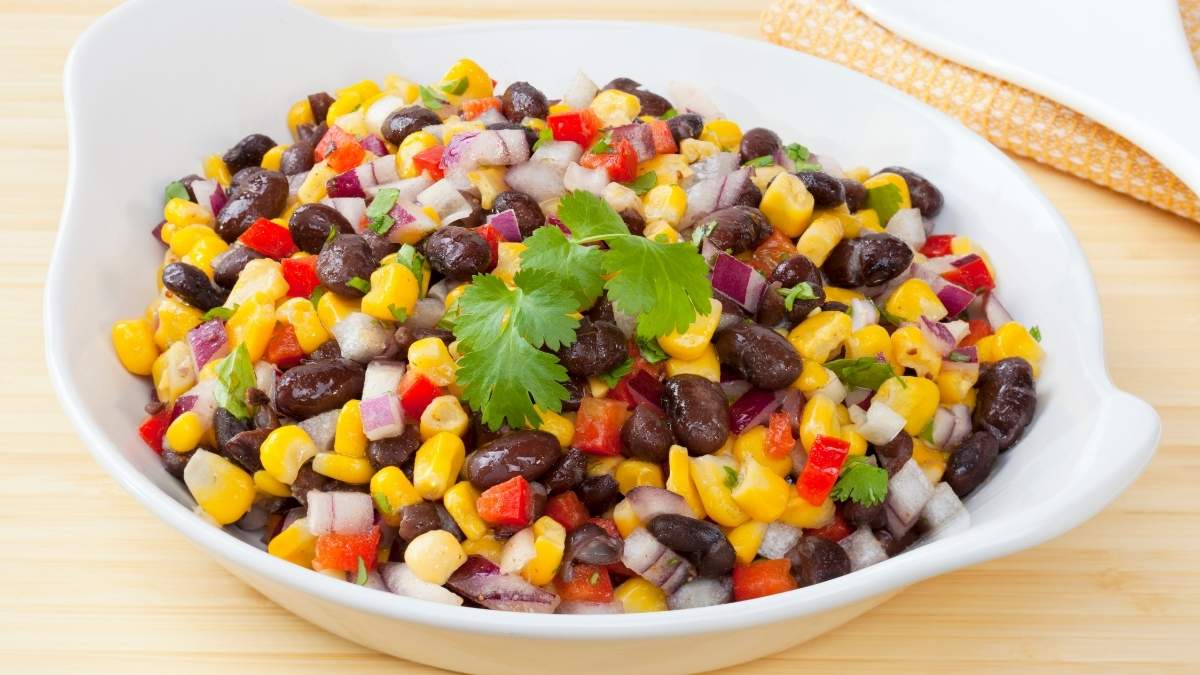
Mache is a cold-tolerant green. But it gets a spot here for a special reason. You can plant it in late fall for a winter harvest in hot climates. It gives you fresh greens when it’s too hot for lettuce.
The main variety is called ‘Vit’. Sow seeds in the fall once temperatures start to cool down. It grows slowly through the winter.
It needs very little care. It forms small rosettes of tender leaves. Harvest the whole rosette at the soil line when it’s mature.
It has a sweet, nutty flavor. It is perfect for fresh salads. It is often used in gourmet dishes.
13. Jute Mallow – Exotic Heat Lover
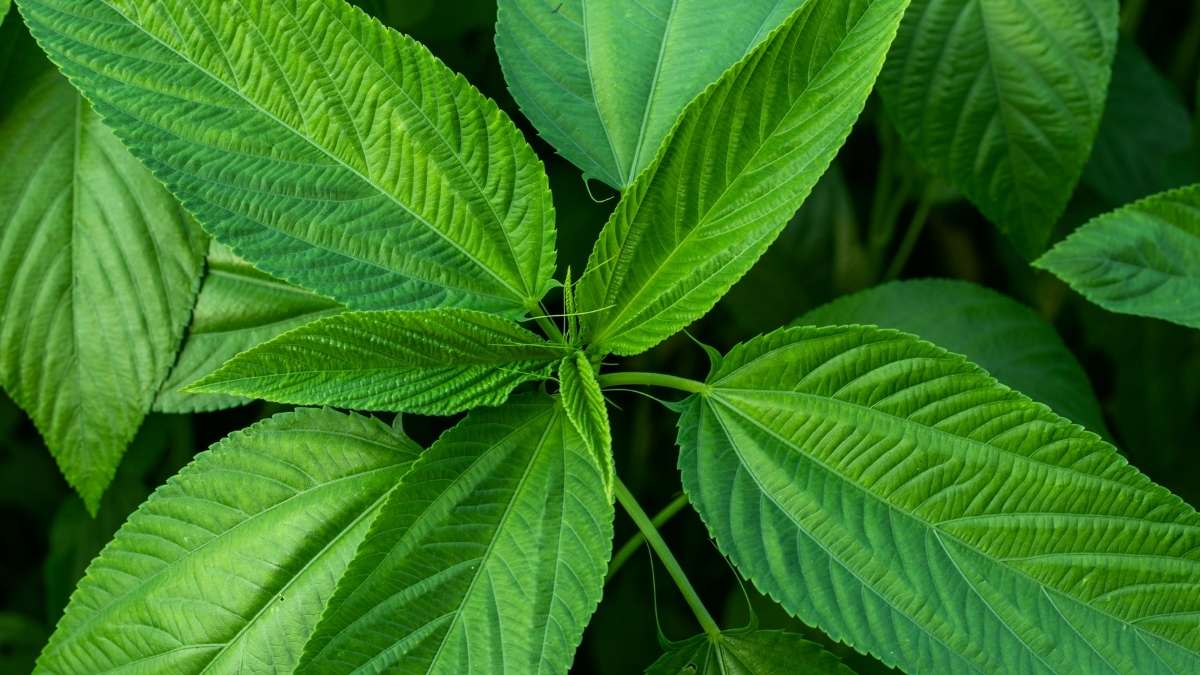
This plant is a staple in African and Middle Eastern cooking. It is also called molokhia. It loves intense heat and produces an abundance of leafy greens.
Look for seeds labeled ‘Jute Mallow’ or ‘Molokhia’. Start seeds indoors or direct sow after the soil is very warm.
It grows into a tall, shrubby plant. Keep it harvested to encourage new growth. Harvest the leaves and tender shoots when the plant is about 2 feet tall.
The leaves become mucilaginous (slimy) when cooked, like okra. They are used to make a nutritious soup or stew.
14. Chaya – Tropical Superfood
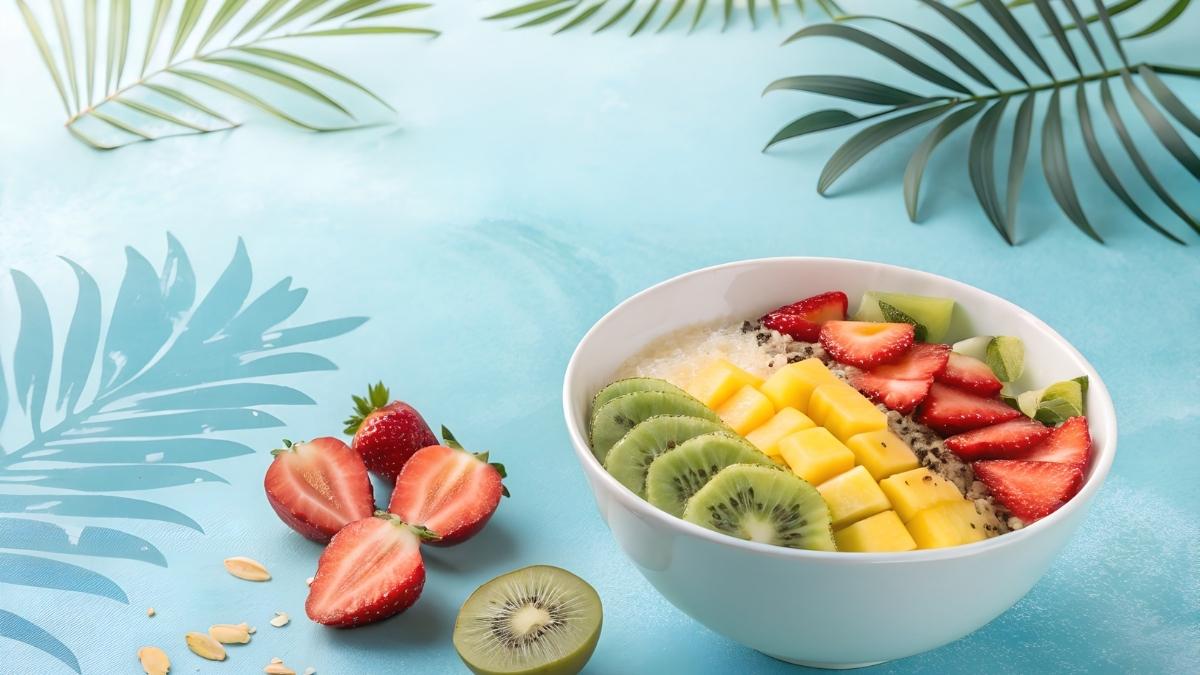
Chaya is a large, leafy shrub from Mexico. It is more nutritious than spinach and incredibly heat-resistant.
The most common variety is ‘Spineless Chaya’. You cannot grow it from seed. Start it from a stem cutting. Plant it in a spot where it has room to grow large.
It is virtually pest-free and needs little water. Important: The raw leaves are toxic and must be cooked. Always wear gloves when handling the raw leaves, as the sap can irritate skin.
Harvest the oldest leaves first. Always cook the leaves for at least 15 minutes before eating. They taste like spinach and are used similarly.
15. Armenian Eggplant – Mediterranean Heat
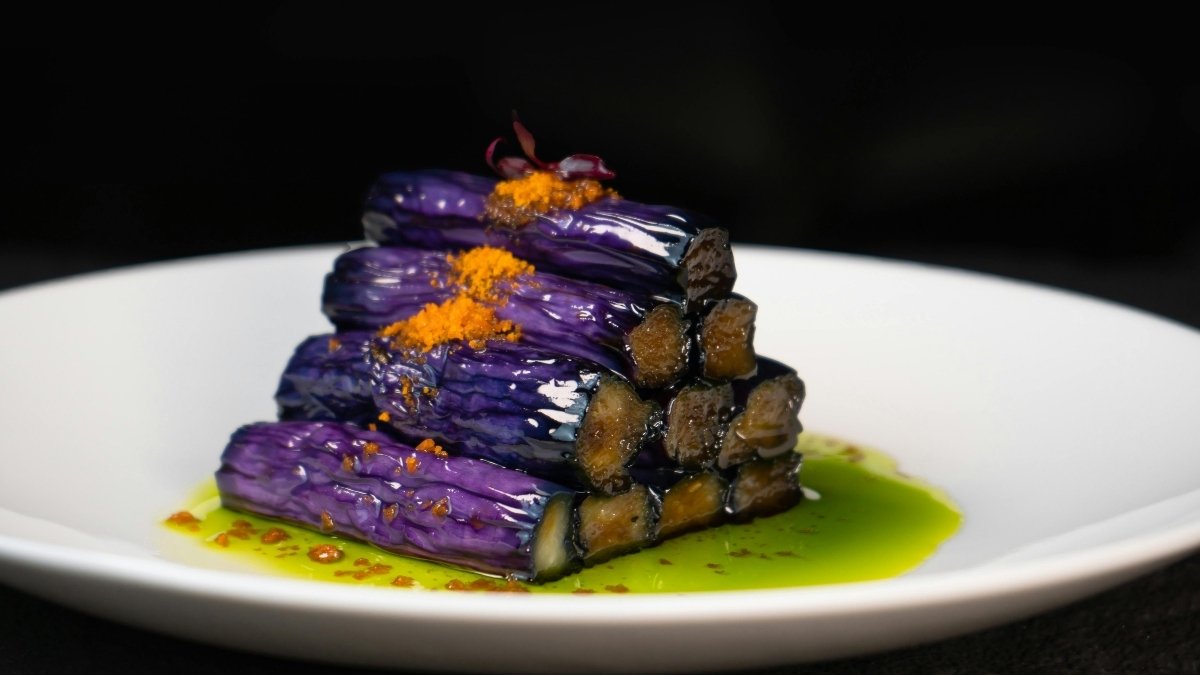
These eggplants are longer and thinner than standard types. They are better at setting fruit in high heat. The plants are also more productive.
The classic variety is called ‘Listada de Gandia’. It has beautiful striped fruit. ‘Ping Tung Long’ is another excellent option. Start seeds indoors or buy transplants. Plant them when the weather is truly warm.
Water deeply and consistently to avoid bitter fruit. Harvest when the skin is shiny and the fruit is firm. Don’t let them get dull. Dull skin means they are overripe.
They have a sweeter, less bitter taste. They are perfect for grilling, roasting, or making baba ganoush.
Essential Hot Weather Growing Strategies
Your plants are stressed. The sun is too strong. The soil dries out too fast. You water and water, but nothing seems to help. You can fight back. Use these simple strategies to protect your garden from the heat.
Time Your Planting Right
The season matters. In hot climates, spring planting starts early. Get your heat-lovers like okra and sweet potatoes in the ground after the last frost. For a fall garden, you need to plan ahead. Start seeds for broccoli and kale indoors in the peak summer heat. You will transplant them outside when the weather cools down in late summer. This gives them time to grow before winter.
Mulch is Your Best Friend
Mulch is a layer of material on top of your soil. It acts like a sun hat for your garden. It keeps the soil cool and stops water from evaporating. Use straw, wood chips, or shredded leaves. Put down a 3-4 inch layer around your plants. Leave a little space around the stems. This simple step means you water less often and your plant roots stay happy.
Water Deeply, Not Often
Frequent, shallow watering is a mistake. It teaches roots to stay near the surface. Those roots will bake in the sun. Instead, water deeply and less frequently. Soak the soil until water reaches 6-8 inches down. This encourages roots to grow deep. Deep roots are safe from the surface heat. They can find water even when the top soil is dry. Check the soil with your finger. If it’s dry two inches down, it’s time to water.
Use Shade Cloth
Even sun-loving plants can get too much sun. Use shade cloth to filter the intense afternoon light. It is a woven fabric that blocks a percentage of the sun. A 30-50% shade cloth is good for vegetables. Drape it over hoops or a frame above your plants. Put it up during the hottest part of the day. Take it down in the evening. This can prevent sunscald on peppers and tomatoes.
Plant Companions for Shade
Use tall plants to protect short, sensitive ones. Plant sunflowers or corn on the west side of your garden. They will cast afternoon shade on plants like lettuce or spinach. This is called companion planting. You create a microclimate that is cooler. You get two crops from the same space. One provides food and shade for the other.

